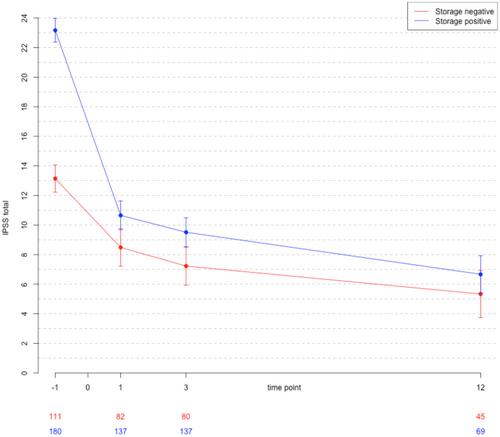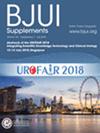Outcomes after laser enucleation of the prostate with and without significant storage symptoms
Abstract
Objective
To test for differences in recovery of lower urinary tract symptoms (LUTS) between patients with storage-positive vs -negative symptoms after laser enucleation of the prostate (LEP).
Patients and methods
Consecutive storage-positive (severe storage symptoms, International Prostate Symptom Score [IPSS] storage subscore >8) vs storage-negative patients treated with LEP (November 2017–September 2022) within our tertiary-care database were identified. Mixed linear models tested for changes in IPSS and quality of life (QoL) at 1, 3 and 12 months after LEP. Multiple linear regression models tested for LUTS and QoL recovery risk factors at 1, 3 and 12 months.
Results
Of 291 study patients, 180 (62%) had storage-positive symptoms. There were no differences between storage-positive and -negative patients in mean adjusted total IPSS, IPSS-storage, IPSS-voiding and QoL at 12 months after LEP. In multiple linear regression models, storage-positive status was identified as a risk factor for higher IPSS at 1 month (β coefficient 2.98, P = 0.004) and 3 months (β coefficient 2.24, P = 0.04), as well as for more unfavourable QoL at 1 month (β coefficient 0.74, P = 0.006) and 3 months (β coefficient 0.73, P = 0.004) after LEP. Conversely, at 12 months there were no differences between storage-positive vs -negative patients.
Conclusion
Storage-positive patients appear to experience similar long-term benefits from LEP compared to storage-negative patients. However, significant storage symptoms are associated with higher total IPSS and less favourable QoL at 1 and 3 months after LEP. These findings advocate for the consideration of LEP also in storage-positive cases with the need for thorough patient education especially in the initial post-LEP period.


 求助内容:
求助内容: 应助结果提醒方式:
应助结果提醒方式:


